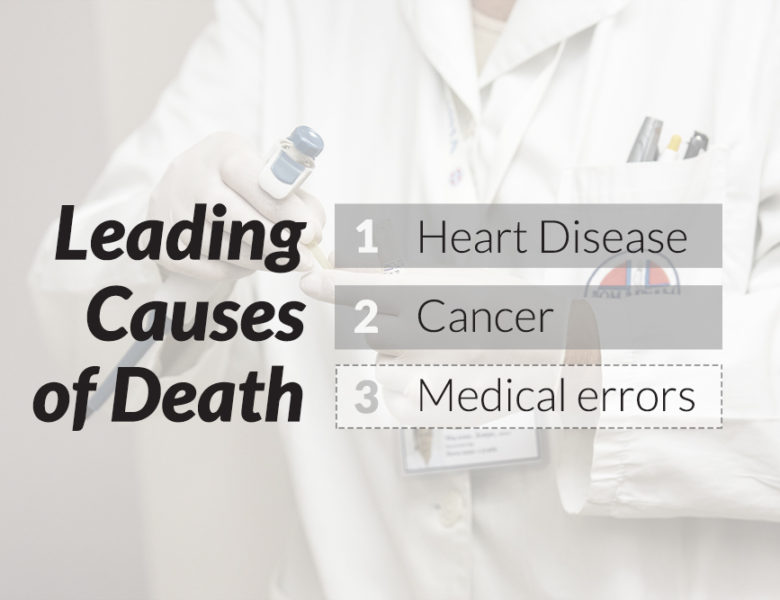
It is our understanding that eradicating healthcare disparities is culturally, politically, and has been traditionally thought-provoking due in part of it causes and reasons that are tangled with a belligerent history of race and gender in the American account. However, to a growing citizenry base, there is need to guarantee countless fairness and accountability of the health care system, including health plan purchasers, payers, and providers of care. To the extent that inequities in the health care system result in lost efficiency or use of services at a later stage of disease, there are health and social prices that touch us all. Decreasing racial disparities will require addressing nonfinancial barriers to accessing health care such as the cultural and linguistic competency of health providers and institutions, the lack of health care providers where minority groups reside, both intentional and unintentional discrimination within the health care system, and perception of discrimination on the part of members of various racial and ethnic groups. The United States President and other leaders in the executive branch of government should use the “bully podium” to place the issue of healthcare disparities on their main national agenda. In 2006, President Clinton has drawn much national and media attention to the problem of health disparities by making it a topic of one of his Saturday morning radio addresses. The absence of a sound patient–provider relationship is one factor that contributes to disparities in the quality of care received by minority populations, which returns us to the issue of health care workforce diversity. Several publications have shown the importance of a racially diverse workforce for improving underserved populations’ access to care.
Some of the examples of health disparities related to infectious diseases and diseases of the immune system are:-
- Asthma: Approximately 2 million Hispanics/Latinos in the United States have asthma, and Puerto Rican Americans have almost 3 times the asthma rate of the overall Hispanic population. African Americans are diagnosed with asthma at a 28-percent higher rate than whites.
- Autoimmunity: Systemic lupus erythematosus is two to 3 times more common among African American women than among white women. It also is more common in Hispanic/Latina, Asian, and Native American women. African American women are at higher risk of developing systemic scleroderma, a disease characterized by hardening in the skin or other organs, than are white women.
- Hepatitis C (HCV): In 2007, American Indian and Alaska Natives were twice as likely to develop a case of HCV as the white population. African Americans make up approximately 13 percent of the U.S. population, but account for 22 percent of HCV cases.
- HIV/AIDS: African Americans represent approximately 14 percent of the U.S. population, but accounted for 44 percent of all new HIV infections in 2009. Hispanic/Latinos represent approximately 16 percent of the total U.S. population, but accounted for 20 percent of all new HIV infections in 2009.
- Organ Transplantation: African Americans are at greater risk than whites for diabetes, chronic kidney disease, and cardiovascular disease, all of which can lead to end-stage organ failure. Although minorities donate organs in proportion to their share of the U.S. population, their need for transplants is much greater, leading to a shortage of available organs for this group. In comparison to other racial and ethnic groups, African Americans experience higher rates of organ rejection and lower survival rates after transplantation.
- Tuberculosis (TB): In 2007, 83 percent of all TB cases in the United States occurred in racial and ethnic minorities, particularly in Hispanics, Asians, and African Americans.
One of the potential solutions to combating healthcare disparities is the recruitment of additional underrepresented minority in the fields of healthcare. Implementing cultural diversity initiatives in many healthcare facilities is an added approach to combating HCD. Furthermore, needs assessments within the healthcare institutions and the community—and ongoing evaluations—are necessary to ensure appropriate diversity initiatives are adopted and smoothly incorporated into the fabric of each health facility. I also believe the recruitment, retention, and supports of underrepresented minority students are crucial to achieving a climate open to diversity.
Reference:
National Institutes of Allergy and Infectious Disease. (n.d.). What are Health Disparities? Retrieved November 28, 2012 from http://www.niaid.nih.gov/topics/minorityhealth/pages/disparities.aspx
Mitchell, A. D., Lassiter, S. H. (December, 2008).Addressing Health Care Disparities and Increasing Workforce Diversity: The Next Step for the Dental, Medical, and Public Health Professions. U.S. National Library of
Medicine. Retrieved November 28, 2012 from http://www.ncbi.nlm.nih.gov/pmc/articles/PMC1698162/#r3
Healthcare disparities:- http://thrive.preventioninstitute.org/pdf/health_disparities.pdf









